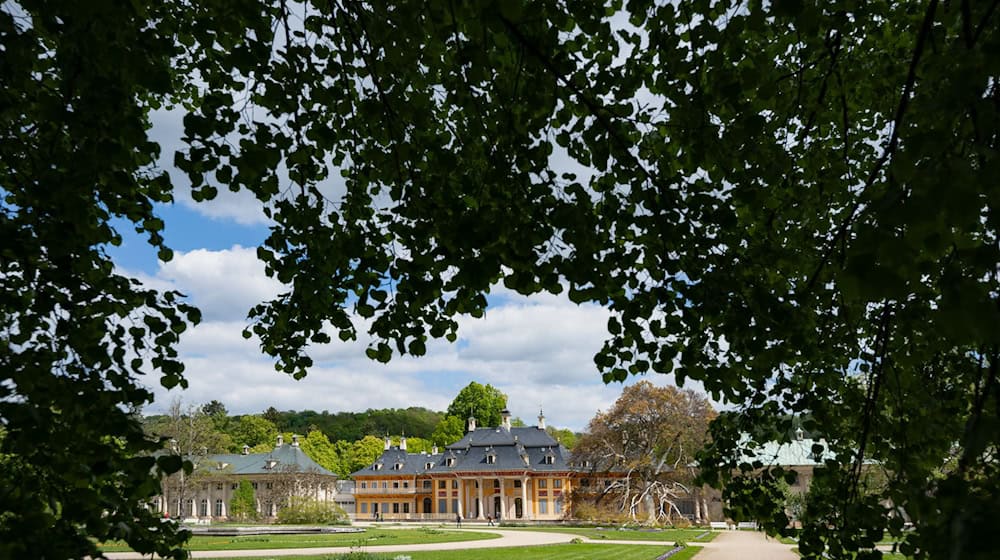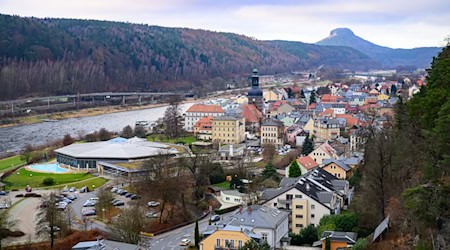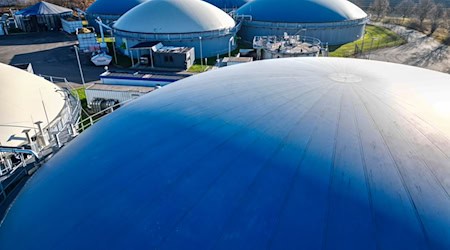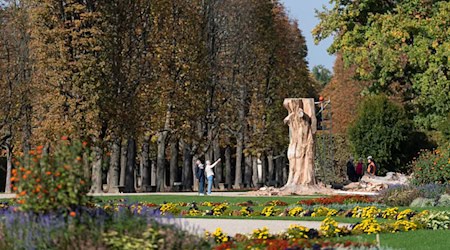A robot is set to water plants in Pillnitz Palace Park in the future - especially plants in containers. Over the past two and a half years, researchers at TU Dresden have developed the prototype of a semi-automatic watering robot. The State Palaces, Castles and Gardens of Saxony (SBG) announced that it will be presented to the public for the first time on August 28 during a test drive.
The fact that the robot is semi-automatic means that it performs certain tasks autonomously. However, a gardener is always at its side, said SBG spokeswoman Anita Radicke. A name for the robot is still being sought. Proposals can be submitted until September 17.
Measures to combat climate change in historic gardens
The State Palaces, Castles and Gardens of Saxony have been involved in the "Climate Change in Historic Gardens" project since 2022, which is funded by the Federal Ministry of Housing, Urban Development and Building. It includes measures to combat the effects of climate change.
As important cultural monuments, historic parks and gardens face particular challenges, it said. "If too many trees die, the monuments are at risk." Solutions are now being sought in Pillnitz Palace Park and the Dresden Great Garden. The development of the casting robot is an important component of the project.
Stump of a dead copper beech serves as a memorial to climate change
Until 2021, two huge copper beeches at the north-western entrance to Pillnitz Park had attracted the attention of visitors. The majestic trees were planted in 1895 and dominated one side of the pleasure garden between the Bergpalais and Wasserpalais. One of the beech trees had not survived the droughty summers of the previous years and therefore had to be felled. The trunk now serves as a memorial to the consequences of climate change.
A genetically identical descendant of the dead tree is currently being nurtured and cared for in a tree nursery. It is to be planted in the place of its predecessor in a few years' time. Until then, nature will do its work on the monument.
State-run Schlösserland fears for valuable tree population
The state parks in Saxony have been fearing for their valuable tree population for some time due to the drought. "We are facing the greatest challenge for our historic parks, one that threatens their very existence. If the climate continues to develop as it has in recent years, it will not be possible to maintain the garden monuments that have grown over the centuries in their current form," said Schlösserland Director Christian Striefler two years ago.
As a short-term countermeasure, trees have since been watered more frequently. To protect against sunburn on the bark of a beech tree, individual branches and the trunk were covered with shading mats.
Copyright 2024, dpa (www.dpa.de). All rights reserved










